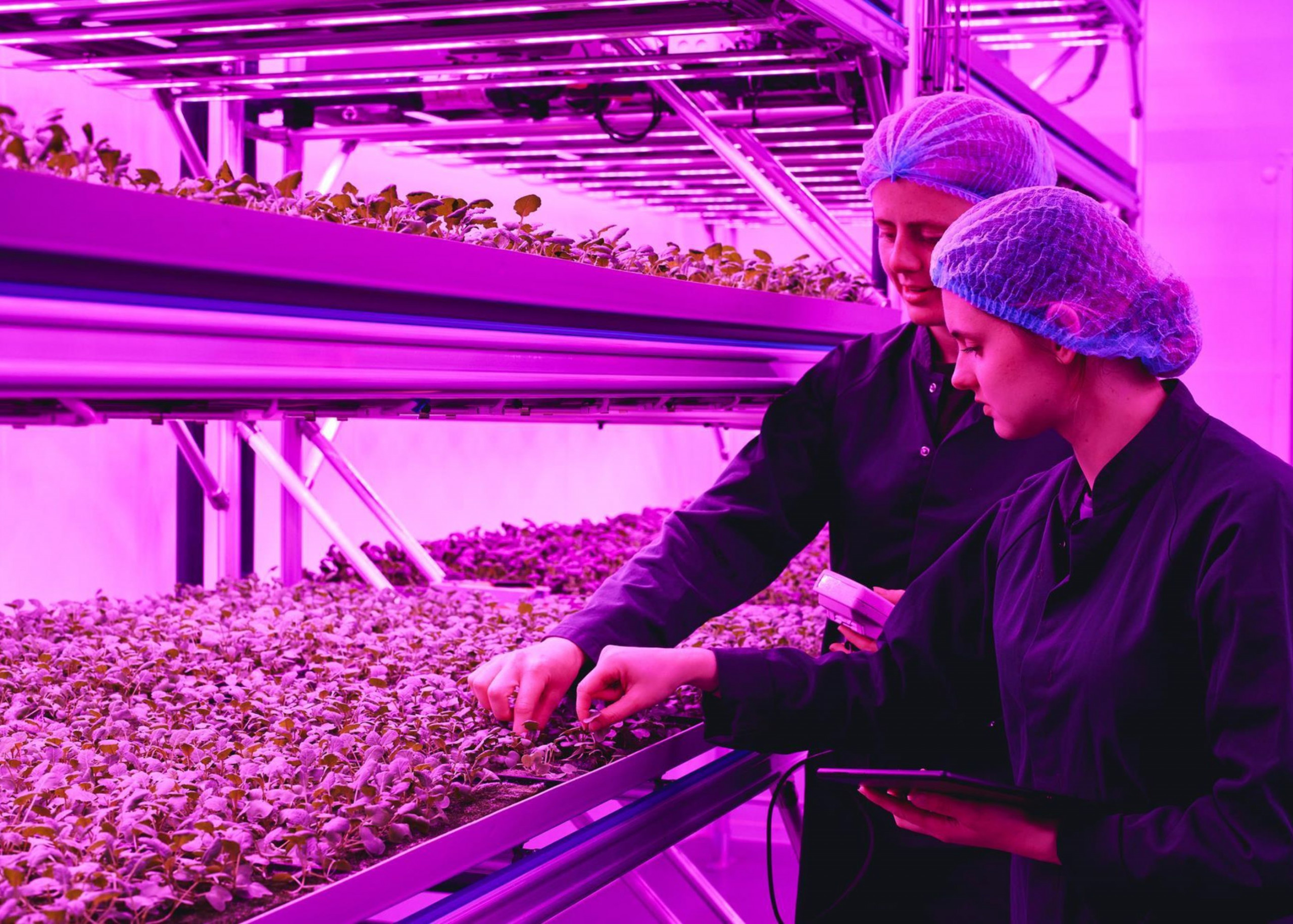News in Brief:
The USDA has found H5N1 viral particles in one dairy cow’s muscle sample, assures the public that no contaminated meat entered the food supply
The USDA recently announced a key finding from their studies on beef safety, particularly focusing on the presence of H5N1, a type of avian influenza, in beef from dairy cows. This is a crucial update not only for American farmers but also for farmers and consumers worldwide.
What happened?
The USDA’s Food Safety and Inspection Service (FSIS) tested beef tissues from 96 dairy cows that were condemned due to various diseases. Out of these, viral particles were found in muscle samples from one cow. Although, it assured the public that none of the meat from these cows entered the food supply, ensuring that the beef available to consumers remains safe.
Why is this important?
The FSIS conducts detailed inspections to ensure the meat we consume is safe. They use a method called PCR (Polymerase Chain Reaction) to detect the presence of viral particles, ensuring any potentially harmful meat does not reach our plates.
The inspection process includes checking animals both before and after slaughter. If an animal shows signs of illness, it is prevented from entering the food supply. This thorough inspection reassures consumers about the safety of their meat.
For African farmers and those worldwide, understanding these processes helps improve local food safety standards. Adopting similar inspection methods can enhance the quality of meat products and protect public health.
Key terms explained
- Condemned Cows: These are cows that have been identified as having diseases and are not allowed to enter the food supply.
- PCR (Polymerase Chain Reaction): A laboratory method used to detect genetic material from an organism, such as a virus. It helps identify if viral particles are present in meat samples.
- Cull Dairy Cows: Dairy cows that are removed from production, often due to age or health issues, and are sent for slaughter.
Consumer safety tips
Regardless of these rigorous safety measures, it’s vital for consumers to handle and cook meat properly. Always wash hands and surfaces after handling raw meat. Then, cook meat to the recommended internal temperatures: for beef, cooking to 145°F (medium) or 160°F (well done) ensures that any bacteria or viruses are killed.
The USDA’s efforts in testing and ensuring beef safety are commendable. These measures, coupled with proper meat handling and cooking by consumers, ensure a safe food supply for America.



